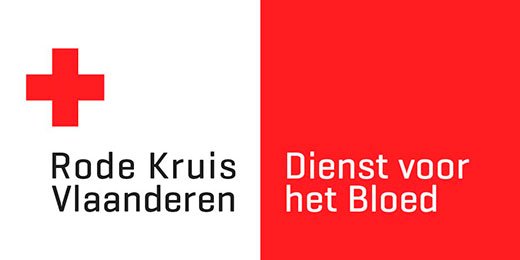Fresh frozen human plasma, autologous
Autologous blood products are collected and delivered as part of an autologous pre-donation procedure. They can only be transfused to the donor himself.
Product Codes
Code 'Blood Service'
E6119100
NIHDI Code
Hospitalized: 752 426
Non-hospitalized: 752 415
Preparation and composition
Patients eligible for autologous withdrawals are free of severe heart disease and active bacterial infections, and have tested negative for HIV antibodies, HbsAg and HCV antibodies.
An autologous fresh-frozen plasma is prepared from the patient's own blood by centrifugation, followed by aspiration of the plasma. The plasma is then frozen and stored at - 30 °C. The anticoagulant is CPD (citrate phosphate dextrose).
Indications for collection and administration
Collection of autologous whole blood is indicated in patients with a clear indication, oa multiple antibodies to blood group antigens or antibodies to a public red blood cell antigen. Patients with anti-IgA also benefit from autologous transfusion. In addition, the probability should be high.
The indication for fresh frozen plasma is a combined deficiency of coagulation factors or thrombolysis.
Plasma is not administered in the absence of coagulation disorders. A patient from whom autologous plasma is available should be transfused with the autologous units before homologous units are used.
Dose and instructions for use
Dose
The dose is based on the clinical picture and on the results of coagulation tests in the patient. As a general rule, the patient's coagulation factors should not be lower than 30% of normal values. The usual dose in plasma infusion ranges from 5 to 30 ml/kg. The rate of infusion depends solely on the clinical picture. However, an infusion rate greater than 1 ml/min/kg is not recommended.
Special precautions
When transfusing autologous frozen plasma, compatibility between the product and recipient must be ensured by comparing the identity of the patient listed on the blood product and the identity of the patient to be transfused.
User Manual
Because the frozen bags are fragile, they must be handled with the utmost caution to avoid damage. For reasons of stability and microbiological safety, autologous plasma should be administered intravenously immediately (within 2 hours) after thawing. Plasma is administered through a perfusion set with standard filter (170 - 260 µ). Aseptic technique should be used throughout the administration. A turbid solution should not be used. Plasma should not be mixed with other drugs and should not be administered through the same intravenous line as calcium-containing solutions. Any residues will be disposed of as medical waste.
Thawing guidelines
The thawing of the plasma is done with a specially designed device. When this is a hot water bath, the plasma bag must be wrapped in a plastic omzak.
During thawing, the temperature should never exceed 37 °C. The plasma must be completely ice-free before administration. The bags should be checked for any tears or damage. The contents of defective bags should not be administered. Thawed bags must not be refrozen.
Possible undesirable effects when the product is administered
- Citrate toxicity (due to a sudden drop in calcium ion concentration)
- Circulatory overfilling with pulmonary edema
Medication and other interactions
The fresh frozen human plasma should not be mixed with drugs or infusion fluids . In view of possible clot formation, calcium-containing solutions should not be administered through the same intravenous line as plasma preparations.
Interactions with drugs after administration are not known.
Preservation and stability
The storage time of autologous fresh frozen plasma is set at 1 month.
After thawing, the product should be used immediately (within 2 hours).
Autologous plasma should not be used after the expiration date.
Presentation and size of packaging
Plastic bag containing an average of more than 200 ml of autologous frozen plasma (for exact content: see label).
Pharmacological and toxicological properties, pharmacokinetics and bioavailability of therapeutic importance
After transfusion, the half-lives of the biological substances present in the plasma are within normal values. Thanks to intravenous administration, the biological substances are readily available.
Safety of autologous products
Blood is drawn from the patient's own blood. The blood type is determined and is the same as that of the patient, the viral tests (HBV, HCV, HIV) and the syphilis test are negative.
Episode
On medical prescription, following patient enrollment for autologous collection.
Last updated 11/04/24.
